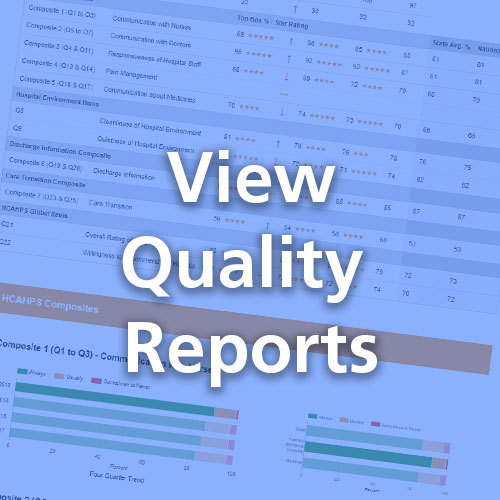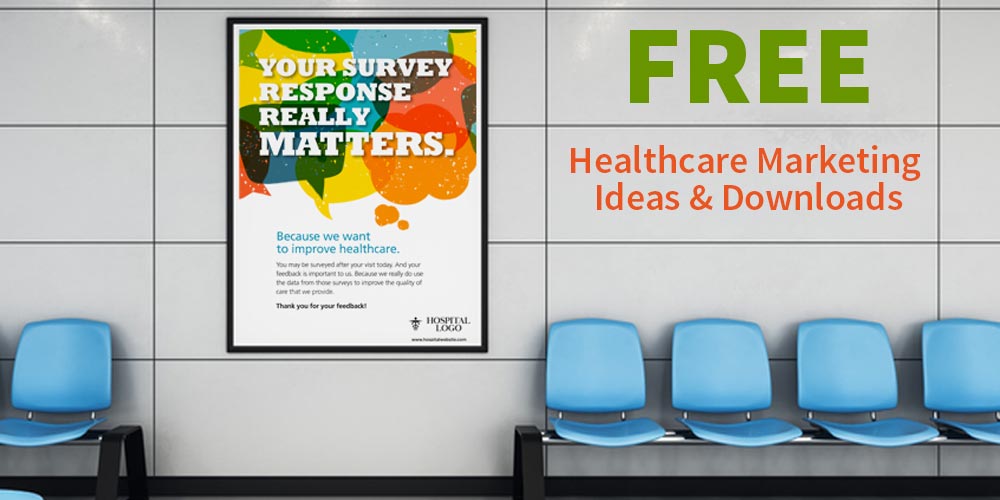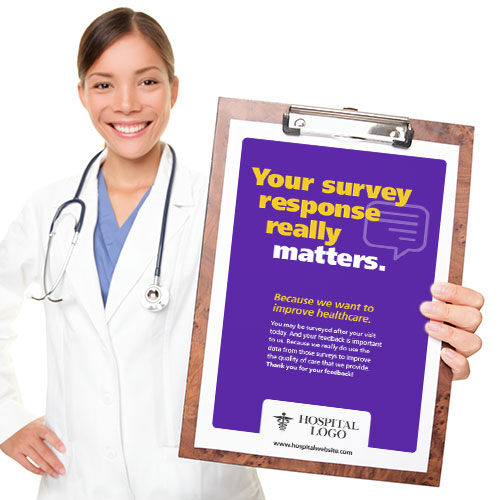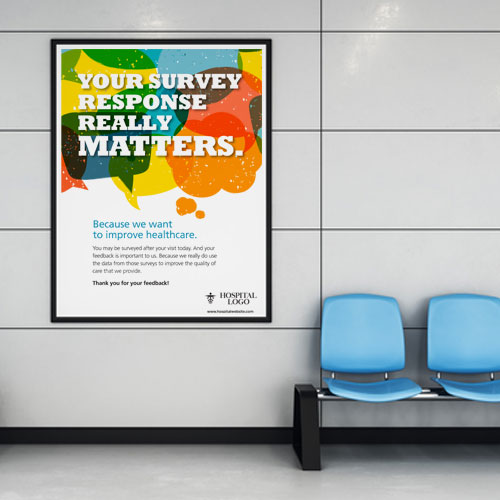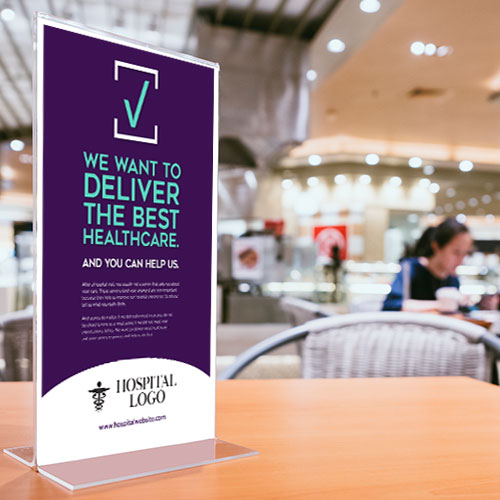
News

Resources
Take advantage of these resources designed to help you better understand MBQIP measures and protocols, as well as ways to make the process go a lot smoother.
Learn how to abstract using the Data Specification Manual
How to use the Excel Bases Data Collection Tool
EDTC FAQ

Marketing

Many hospitals and healthcare organizations do not have marketing departments or budgets for quality agency materials that can be customized. Our goal is to provide you the ability to use free of charge campaigns that will help your organization.
Use our customization tool and choose the various options you would like to use. Each theme will have different deliverables. Choose just one, or a couple to create a well-rounded campaign. If you need them printed, we offer that service as well.

Reports
A fundamental role of CAHs in the health care safety net for rural communities is stabilization and transfer of patients in emergency situations. The Emergency Department Transfer Communication (EDTC) measure allows CAHs to evaluate and demonstrate the effectiveness of that important role. The EDTC measure evaluates the process of transfer communication through documentation of key information (data elements) and the timeliness in which that information is communicated to the next setting of care.
Using Compairson Data for the EDTC Measure
MBQIP Care Transitions Quality Reports for Emergency Department Transfer Communication (EDTC) include state and national comparison data for all reporting CAHs. State and national comparison data are averages. Remember, although it can be helpful to understand your comparison to those norms, averages represent the middle ground for performance. Strive to achieve at least the 90th percentile for each measure. For quality improvement purposes, such data benchmarks are more useful than average comparison data.

The EDTC Excel-based data collection tool can be used to gather data to submit for reporting to programs such as MBQIP. Instructions on how to identify the numerator and denominator on the report for MBQIP submission as well as options for producing a report that can be sent to your Flex Coordinator are included. The tool itself should NOT be submitted because once data is entered it contains PHI.
Quarterly EDTC data is collected during the month immediately following.
Collection Scheule
- Jan - previous year Q4
- April - current year Q1
- July - current year Q2
- Oct - current year Q3
Submit Your Hospital's EDTC Data
The Federal Office of Rural Health Policy asks for completion of 45 records, no more than that or total number of transfers if not equaling 45. Please input the data from your EDTC Hospital Report into the boxes below. Remember to use the numerator (N) and NOT the percentage when entering data. No entry should be greater than 45 and no letters, decimals or percentages.




